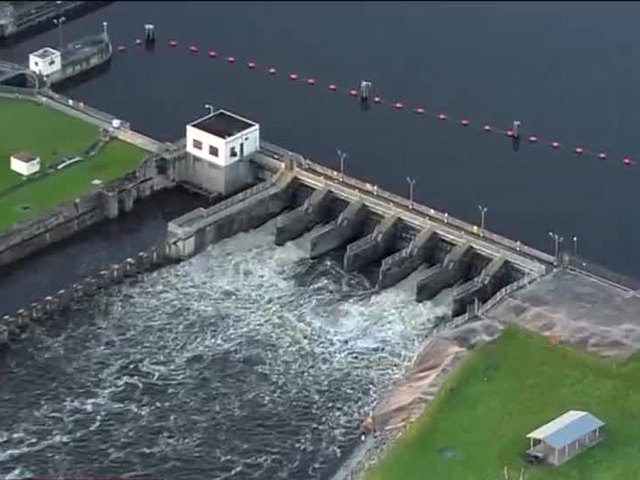At the end of the month, the U.S. Army Corps of Engineers Jacksonville District announced they were going to increase discharges from Lake Okeechobee “…to stem the recent rise in water levels and to reduce the probability of high-volume releases during the wet season.”1 (Wet season is roughly May to October.) However, clean water advocates in our great state, and specifically Martin County, questioned the Corps’ decision due to their concerns about “the effects the discharges will have on marine life in the estuary downstream.”1
RELATED STORY:
It was planned that more than 1.2 billion gallons of water per day would go “towards the Caloosahatchee River”1 with the discharges continuing “for three weeks before the Corps evaluates the need to continue them again.”1
According to LORS-08 by June 1st of each year, the Corps attempts to have the lake at 12.5 feet, in the most responsible manner possible.
But are these discharges responsible?
“The goal of utilizing additional operational flexibility in the 2008 Lake Okeechobee Regulation Schedule (2008 LORS) is to help lower the lake during levels during dry season. El Niño conditions, which have the potential to produce a wetter than normal dry season have developed in south Florida, fueling much of the precipitation that has occurred over the past month.
Mark Perry, executive director at Florida Oceanographic Society in Stuart and lifelong advocate for the St. Lucie River and Indian River Lagoon, said he wishes the Corps were planning to conduct pulse-style discharges instead of one lasting 21 days.”1
Perry said the prolonged discharge events actually cause more “damage to marine life in the estuary than the pulse releases designed to mimic rain events”1 and that there is a good chance that discharge could lower “the salinity in the St. Lucie River to 0 parts per thousand which kills oysters in the river.”1 And that estuary is still recovering from last summer.
RELATED STORY:
This was not the first release. Sadly, we don’t imagine it will be the last.
SOURCE:












